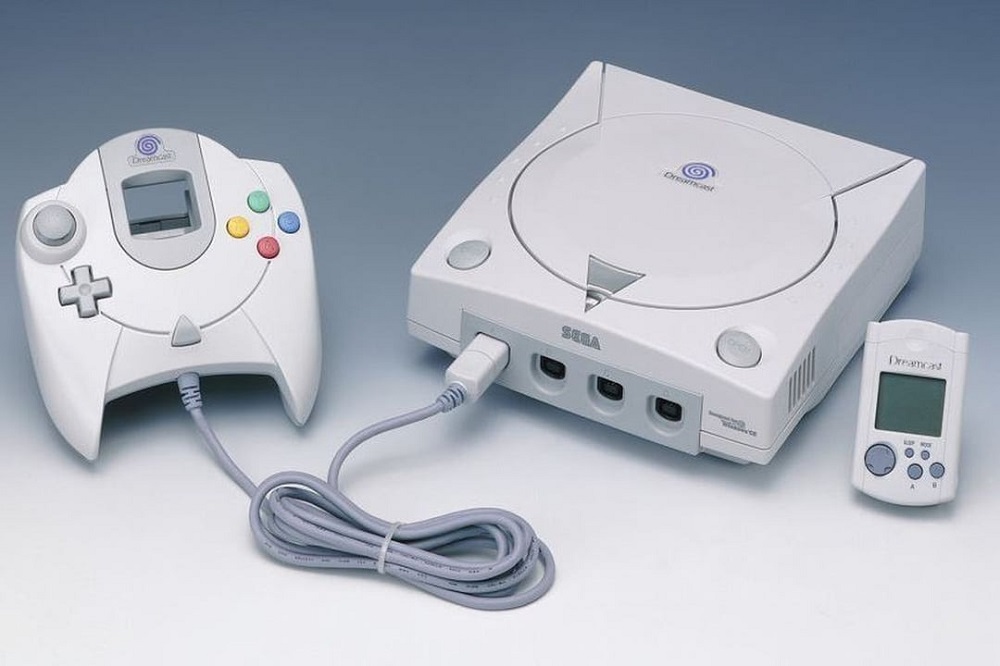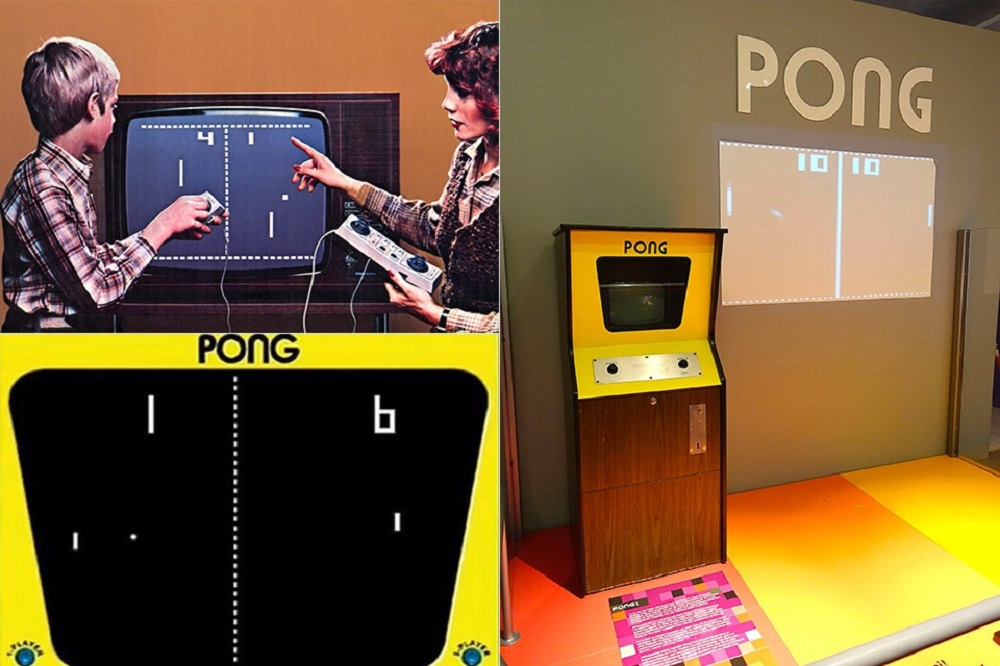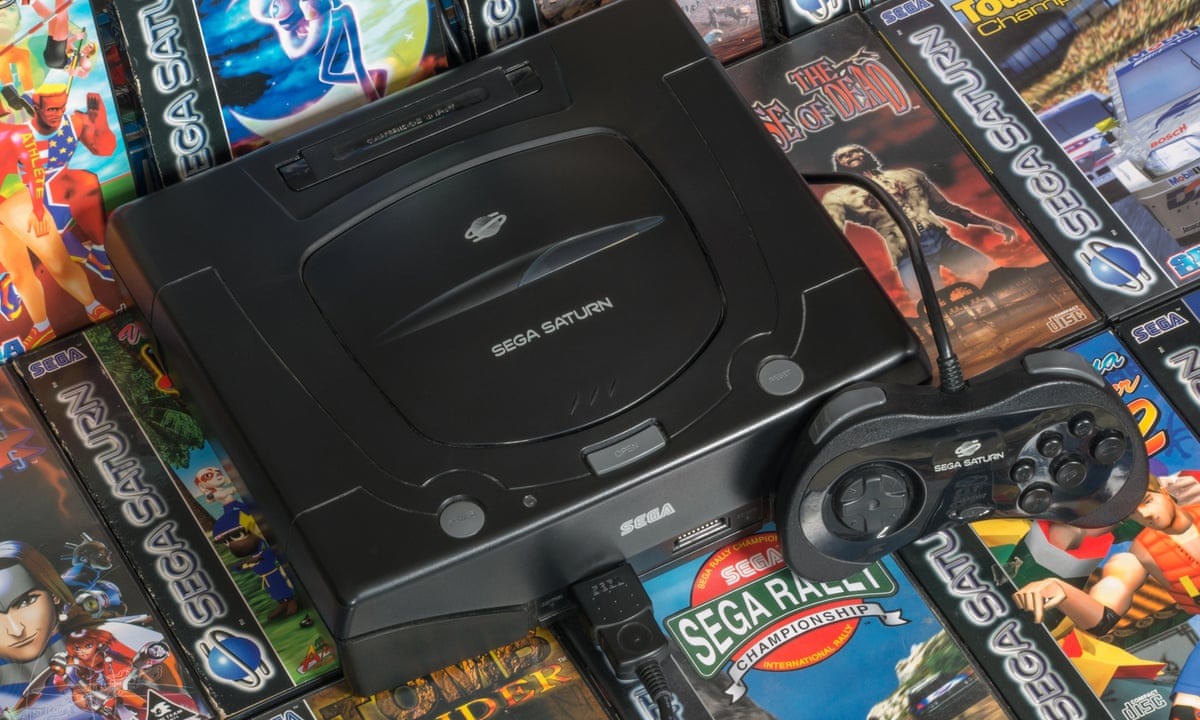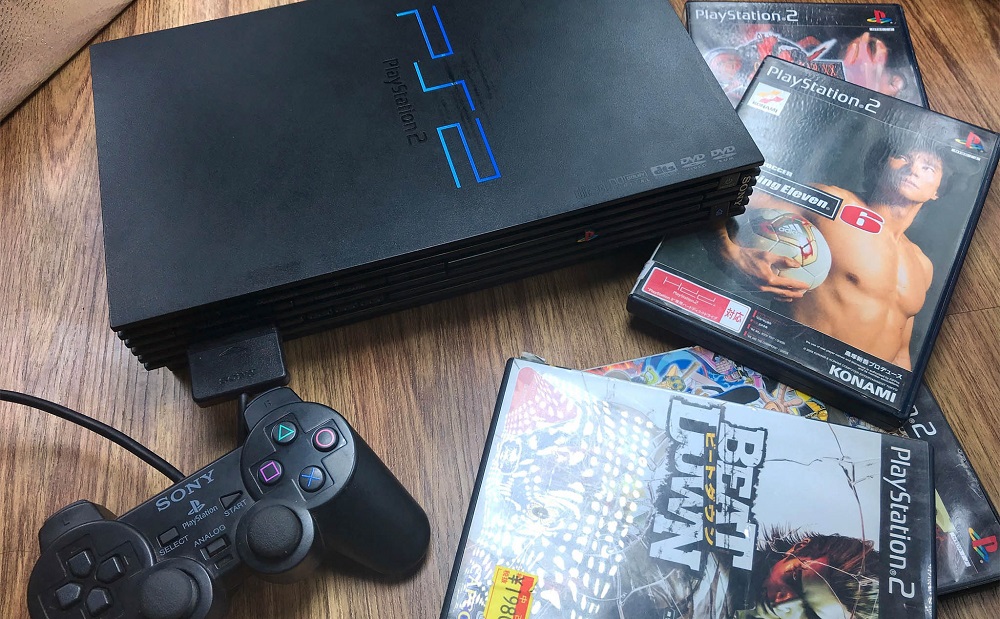In the pantheon of video game consoles, few systems evoke as much nostalgia and reverence as the Sega Dreamcast. Released in 1998 (Japan) and 1999 (worldwide), the Dreamcast was Sega’s ambitious, final bid to reclaim its dominance in the home console market. It was a machine that was ahead of its time, packed with innovations and creativity—but also a victim of bad timing and market shifts.
In this retrospective, Oldies Nest explores the rise and fall of the Dreamcast, its remarkable innovations, and how its short-lived life left a lasting legacy in the gaming world.
A New Hope for Sega
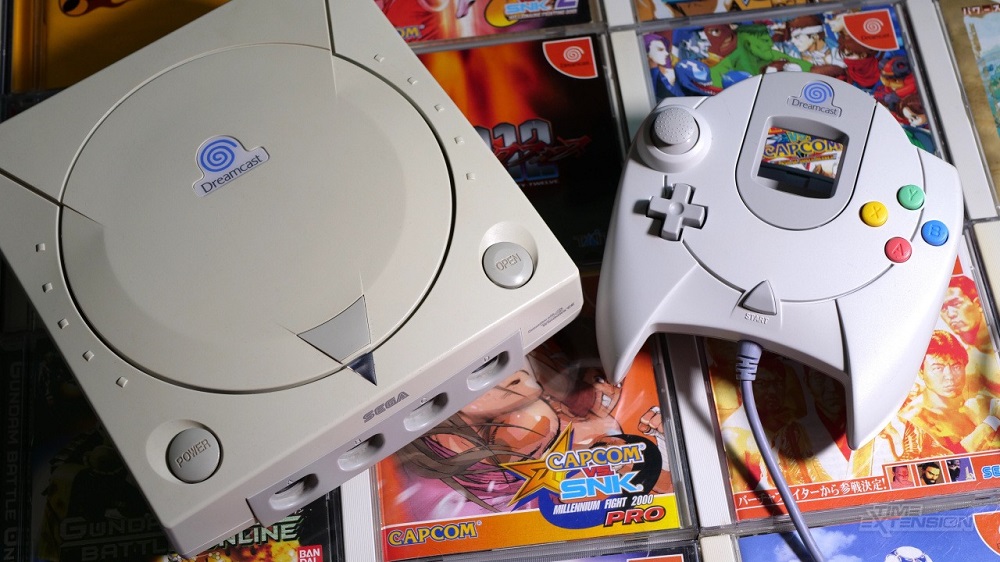
After the underwhelming performance of the Sega Saturn, Sega desperately needed a hit. The Dreamcast was designed as a clean slate—an affordable, powerful, developer-friendly console that would signal Sega’s comeback.
Launched on September 9, 1999 in North America (the memorable “9/9/99”), the Dreamcast debuted with an impressive launch lineup and a sleek design that stood apart from the competition.
Key specs included:
- 128-bit graphics via the PowerVR2 GPU
- Built-in modem for online play (a first for consoles)
- Visual Memory Unit (VMU) with mini-game capabilities
- Windows CE support for easier porting from PC
The Dreamcast was immediately praised by critics and fans alike. Its graphics were stunning for the time, and it promised a new future for console gaming.
For context on the previous console era, see Sega Genesis vs. SNES: The 16-Bit Console War Begins
A Library of Cult Classics
While its lifespan was short, the Dreamcast amassed a library of unforgettable titles that pushed the limits of design and creativity.
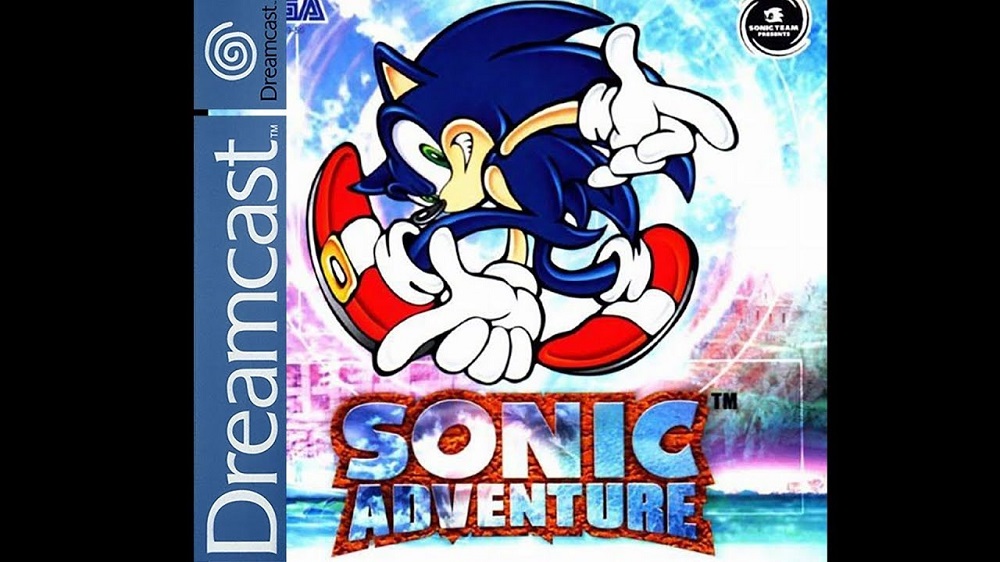
Notable games included:
- Sonic Adventure – The Blue Blur’s 3D reinvention
- Jet Set Radio – Stylish cel-shaded graffiti skating
- Shenmue – An ambitious, cinematic open-world experience
- Skies of Arcadia – A beloved RPG with sky pirates
- SoulCalibur – A technical and visually polished fighting game
- Phantasy Star Online – The first online console RPG
These games weren’t just good—they were innovative. Shenmue pioneered QTEs and cinematic realism. Jet Set Radio introduced a visual style that influenced generations. And SoulCalibur remains one of the highest-rated fighters of all time.
Want to see where Sega’s 3D game development first bloomed? Check out How The Sega Master System Challenged Nintendo
Online Before Its Time
Perhaps the most forward-thinking aspect of the Dreamcast was its built-in 56k modem. Long before Xbox Live or PlayStation Network, Sega was attempting to create an online gaming ecosystem.
Players could:
- Compete in online matches (e.g., Quake III Arena, Phantasy Star Online)
- Surf the web with a browser
- Download new content (DLC in its earliest form)
While limited by dial-up speeds, this was a huge leap that showed what online console gaming could become.
Sadly, infrastructure and user familiarity weren’t ready yet—but Dreamcast planted the seed.
Hardware Innovation: VMUs and Modularity

The VMU (Visual Memory Unit) was a groundbreaking memory card that featured:
- A screen for displaying stats, mini-games, and hidden features
- Buttons and sound for stand-alone gameplay
- Unique interactions with games like NFL 2K or Resident Evil Code: Veronica
Additionally, the Dreamcast supported:
- Microphone accessories for games like Seaman
- Arcade stick controllers, fishing rods, light guns
Sega’s creativity knew no bounds—Dreamcast was modular, quirky, and full of charm.
The Arrival of the Competition

Despite its strengths, the Dreamcast faced an uphill battle. Sony announced the PlayStation 2—a DVD-playing, backward-compatible monster—with huge hype. Many consumers decided to wait.
Problems began to mount:
- Limited third-party support due to past Sega missteps
- No DVD playback (a major selling point for PS2)
- Piracy issues due to an exploit in the GD-ROM format
Even as Sega slashed prices and pushed quality games, the market was shifting. Nintendo and Microsoft were also preparing to enter the ring. Dreamcast was brilliant—but outnumbered.
Discontinuation and End of an Era
In March 2001, Sega officially discontinued the Dreamcast, less than three years after its Japanese debut. The company announced it would become a third-party developer moving forward.
It was a heartbreaking moment for fans. The Dreamcast was Sega’s most innovative console—but it never got the runway it deserved.
A Legacy That Lingers
Though its life was short, the Dreamcast left a deep mark:
- Inspired indie game development, with tools like Windows CE
- Laid the groundwork for online play on consoles
- Influenced game design, from open worlds to cel-shading
- Birthed cult franchises that still have passionate fanbases
Emulators and homebrew scenes remain strong, and Dreamcast modding communities continue to update and expand the system’s capabilities.
The system has become a symbol of creative risk, unshackled design, and Sega’s final, brilliant stand.
Why Retro Fans Still Love Dreamcast
At Oldies Nest, we believe Dreamcast resonates because it was pure vision—unfiltered by market trends or safe bets. It was bold, experimental, and filled with passion.
Whether you’re playing imports, modding your GD-ROM drive, or discovering titles like Ikaruga and Rez, there’s still a lot to love.
Dreamcast fans are more than nostalgic—they’re curators of a moment when gaming dared to dream bigger.
Final Thoughts
The Dreamcast was Sega’s final console, but far from a failure. It was a trailblazer—the first to embrace online play, bring arcade-perfect graphics home, and experiment with hardware modularity.
Its influence lives on in modern consoles and indie dev culture. For retro gamers, it represents a perfect storm of creativity, risk, and heart.
As we continue documenting the golden age of gaming, we salute the Dreamcast—not just for what it was, but for what it inspired.
